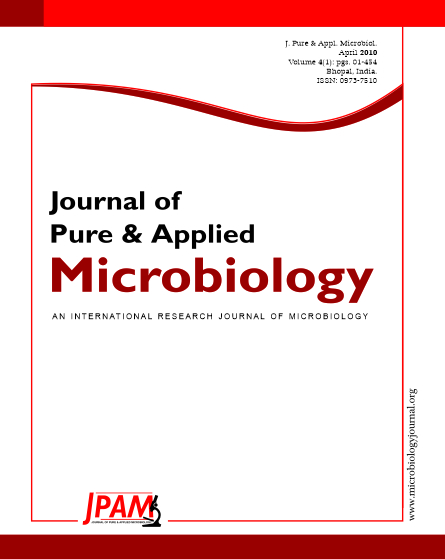The objective of this study was to evaluate the prevalence of multidrug resistance (MDR) and production of extended spectrum beta-lactamase (ESBL) by Escherichia coli (selected serotypes) isolated from patients suffering from urinary tract infection. Urine cultures were obtained from 308 patients with urinary illnesses. Isolates of Escherichia coli were serotyped and antibiotic susceptibility testing was carried out using disk diffusion (Kirby-Bauer). ESBL screening and phenotype confirmation were done following National Committee for Clinical Laboratory Standards (NCCLS) recommendations for Escherichia coli. A total of 180 serotyped isolates of E. coli were grown. 124 isolates (68.8%) were resistant to two or more antibiotics (MDR isolates), with a greater prevalence among serotype O75 (97%). Out of 124 urinary isolates exhibiting MDR, 54 isolates were suspected of ESBL production i.e. Ceftazidime screen positive. And out of 54 only 15 isolates were confirmed for ESBL production in DDST. A greater prevalence of uropathogenic E.coli serotypes with higher rates of multidrug resistance and ESBL production is concerning as well as the escalating incidence of ESBL-producing organisms has been attributed to the increased use of expanded-spectrum cephalosporins in clinical practice.
Multiple drug resistance, ESBL, uropathogens, Escherichia coli
© The Author(s) 2010. Open Access. This article is distributed under the terms of the Creative Commons Attribution 4.0 International License which permits unrestricted use, sharing, distribution, and reproduction in any medium, provided you give appropriate credit to the original author(s) and the source, provide a link to the Creative Commons license, and indicate if changes were made.


